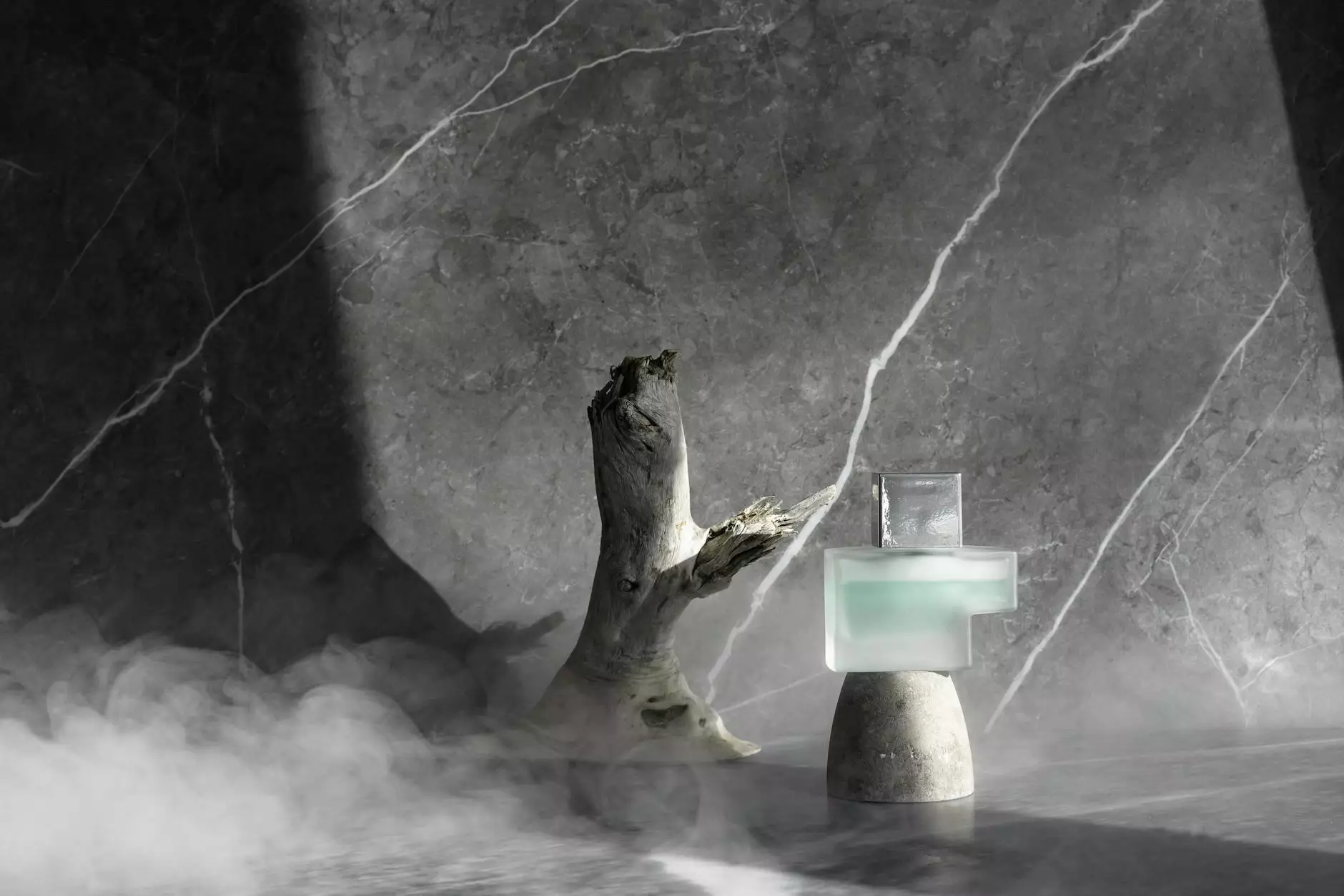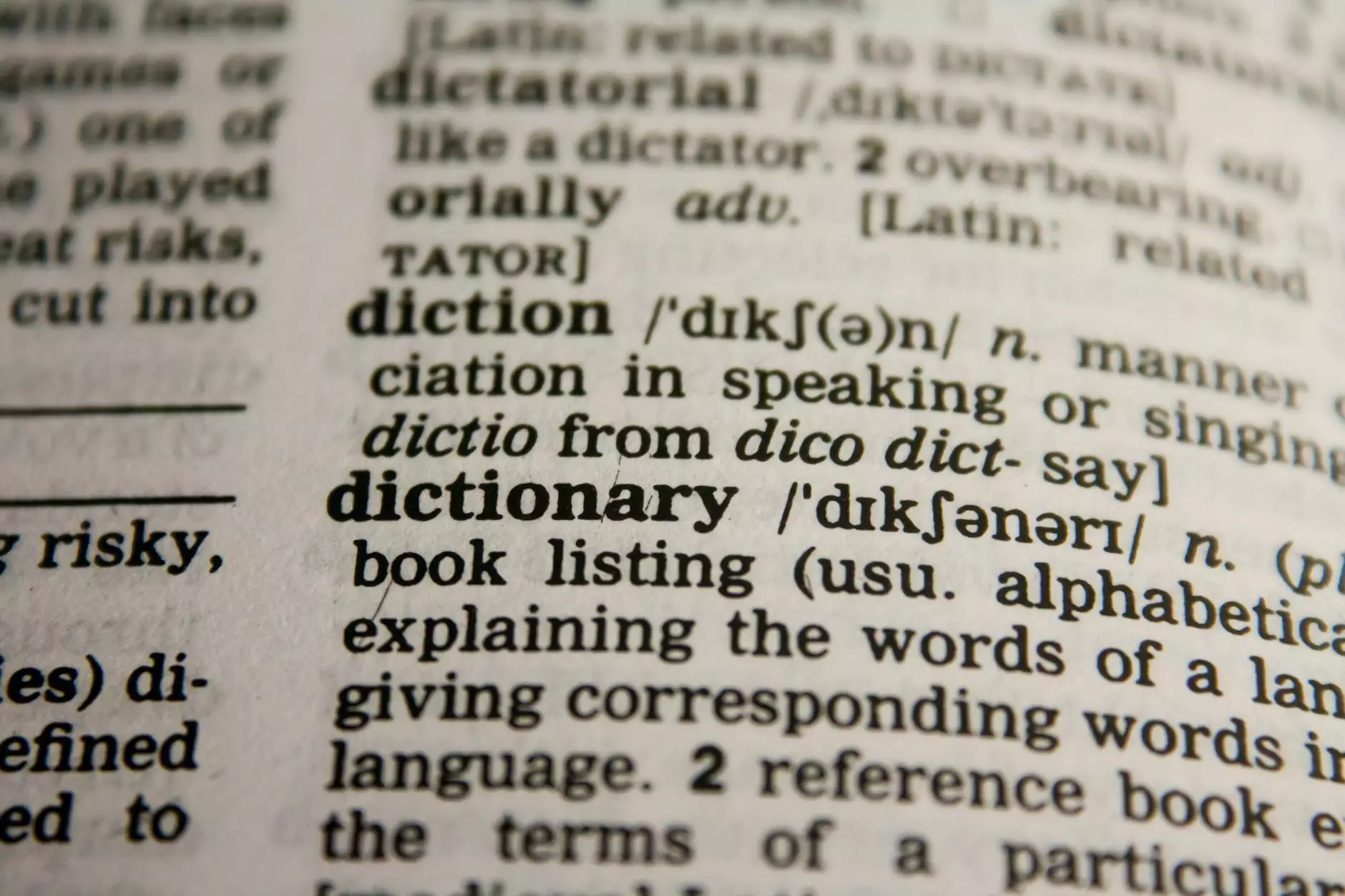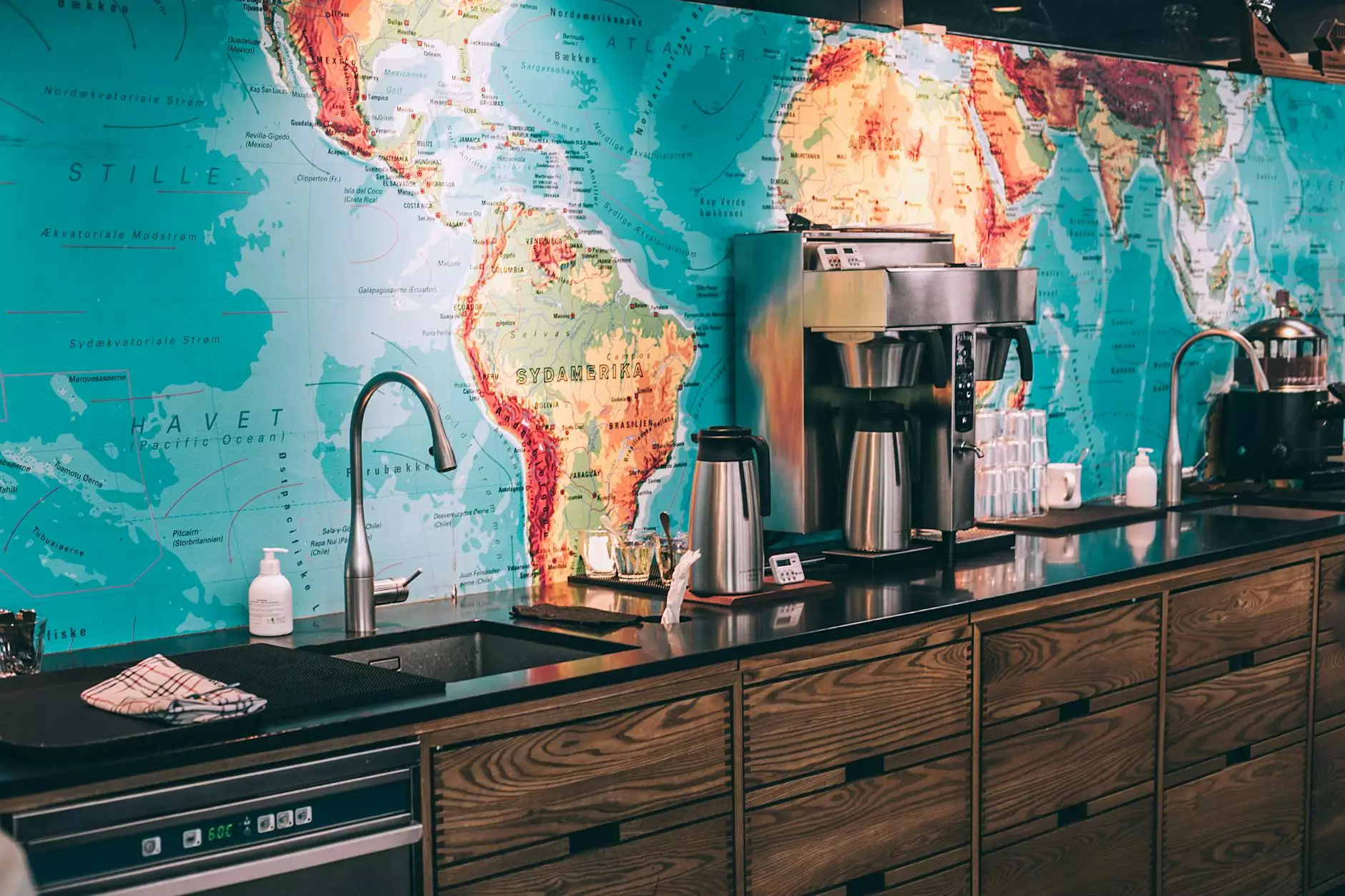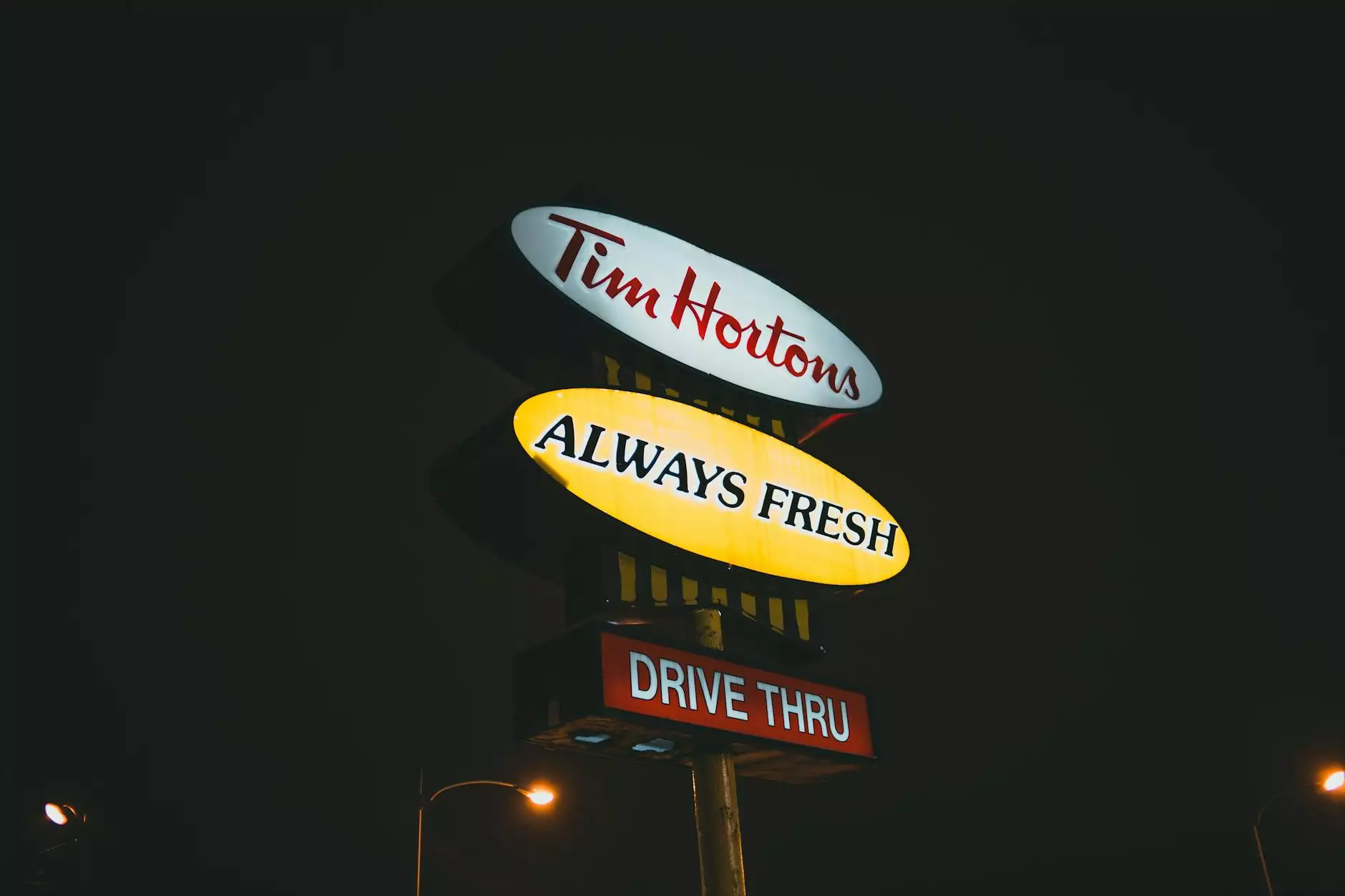The Psychology of Color and Food Choices
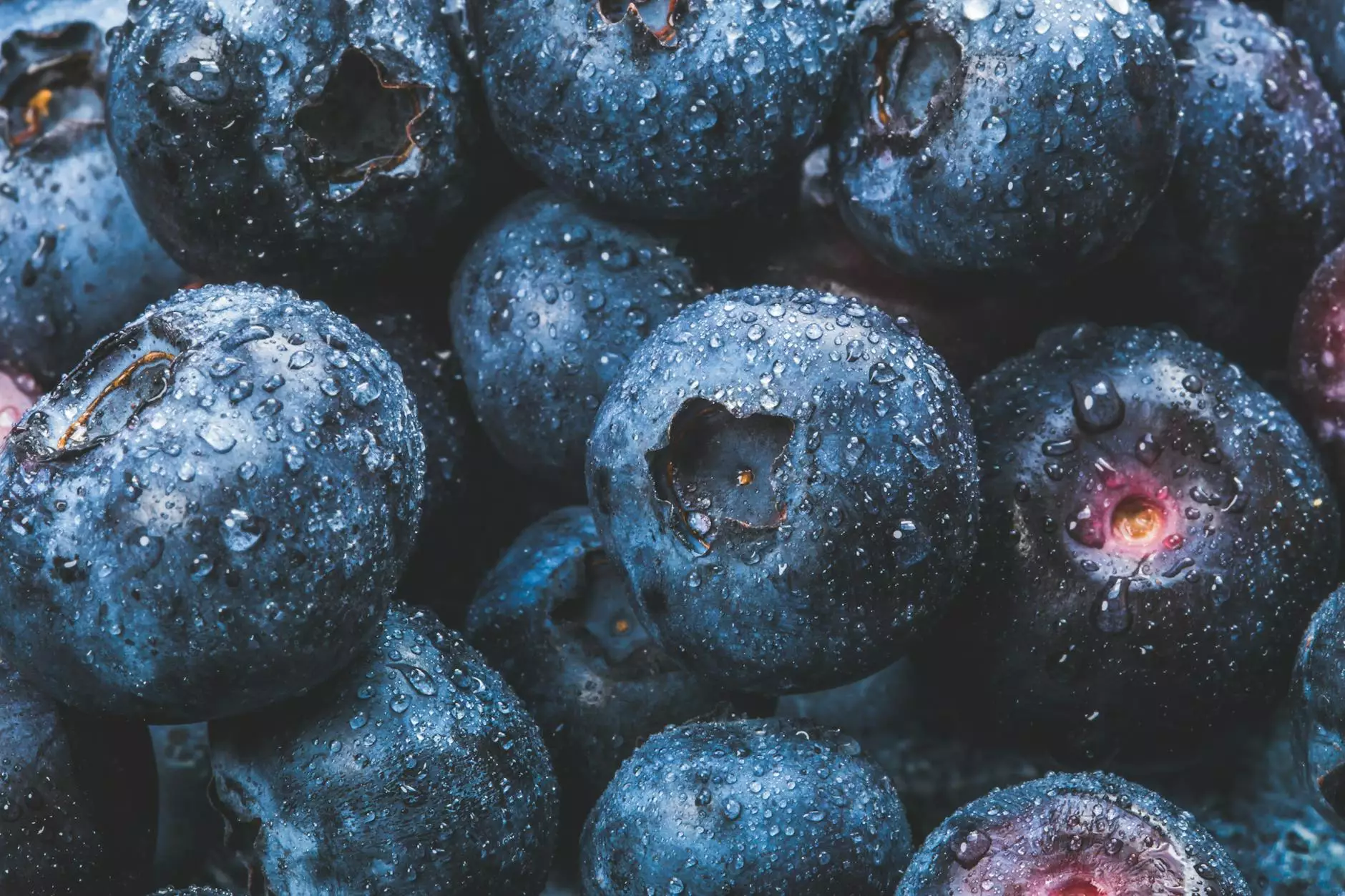
When it comes to food, our visual senses play a crucial role in influencing our choices and experiences. The psychology of color has long been studied and applied in various fields, including marketing, design, and even culinary arts. In this article, we will delve into the intriguing relationship between color and food, and how it impacts our perceptions and behaviors.
Understanding Color Psychology in Food
Colors have the power to evoke emotions, trigger memories, and influence our appetite. The use of food coloring is not just about making dishes visually appealing; it can also affect how we perceive the taste and quality of the food. Different colors can convey different messages and elicit specific responses from consumers.
Food Coloring in the Eye
Have you ever wondered how the food dye in your favorite dessert affects your eyes and taste buds? The vibrant hues of red, green, blue, and yellow in foods are not just random choices; they are carefully selected to create a sensory experience that goes beyond flavor.
The Influence of Color on Food Choices
Studies have shown that certain colors can stimulate hunger, while others can suppress appetite. For example, warm colors like red and orange are often used in fast-food chains to increase impulse buying and consumption. On the other hand, cool colors like blue and green are associated with freshness and health, making them popular choices in organic and health food products.
The Impact of Color on Dining Experiences
From the ambiance of a restaurant to the packaging of a product, color plays a significant role in shaping our dining experiences. The color scheme of a menu, for instance, can influence our perception of the food quality and price. Bright colors may convey a sense of energy and excitement, while pastel shades can create a more relaxed and elegant atmosphere.
Color Psychology for Food Marketing
Brands often use color psychology as a strategic tool in their marketing efforts to appeal to their target audience. For instance, food companies may choose colors that evoke trust and reliability, such as green and brown, to communicate a sense of naturalness and authenticity. Understanding the psychological impact of colors can help businesses connect with consumers on a deeper level and create lasting impressions.
Final Thoughts
The psychology of color in food choices is a fascinating subject that highlights the intricate relationship between visual cues and our dining experiences. Whether you're a food enthusiast, a marketer, or a designer, being aware of how colors influence our perception can enhance your ability to create impactful and memorable experiences.




